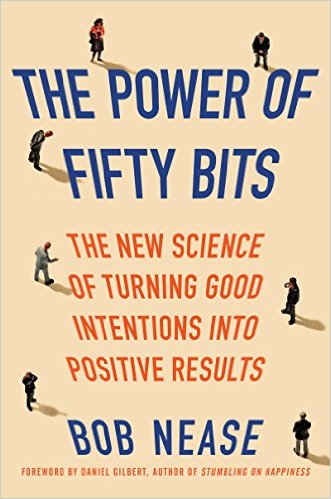On the HIT Consultant website, James Dias posed the question, “Is the Phrase ‘Patient Engagement’ Overused?” It’s an interesting question, I suppose.
But there’s a much bigger issue at hand, and that is that patient engagement is an unnatural act. In some ways, patient engagement is akin to levitating: it sounds good, but it’s awfully hard to do.
Of the 10 million bits of information the human brain processes each second, a skimpy fifty bits are under our control. We are wired for inattention and inertia, and we point our scant fifty bits at issues that are either pressing or pleasurable… and for better or worse, most of the behaviors in which we are asking patients to engage are neither (at least not in the here and now).
This doesn’t mean that patient engagement is hopeless, or that it’s a bad thing. But it does mean that we should all appreciate the mountain we’re trying to take when we call for greater patient engagement. And it absolutely suggests that we should thoroughly investigate other strategies for activating the good intentions that most people already have — strategies that don’t rely on ongoing engagement.
You can read more about our take on patient engagement in an article my colleagues and I wrote for Health Affairs, or look around this site for other important implications of the fifty bits challenge we all face.




